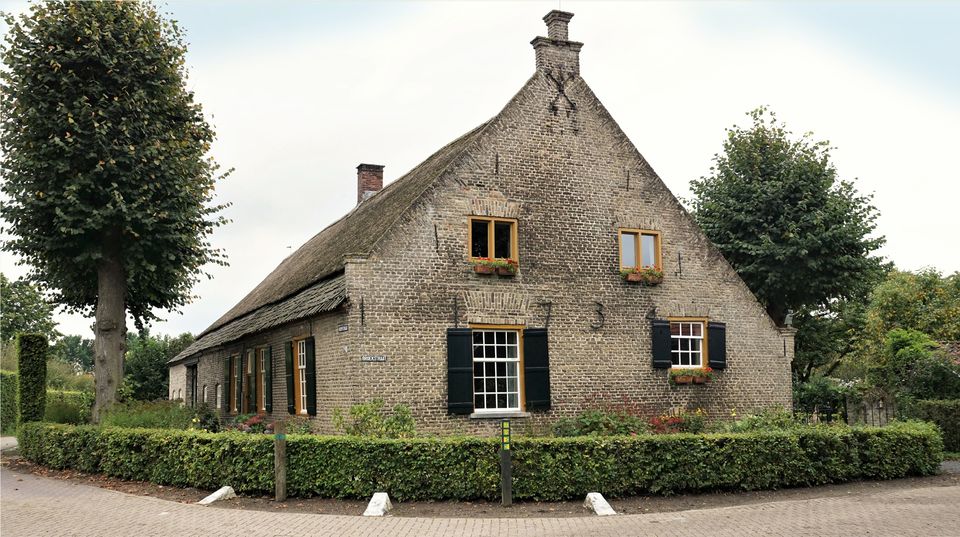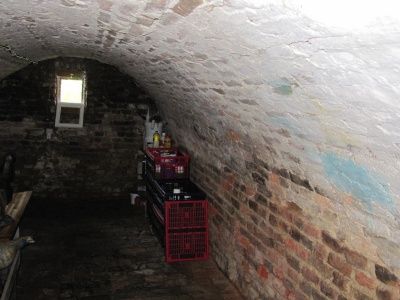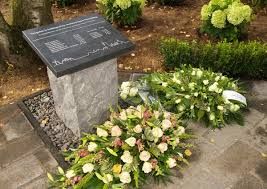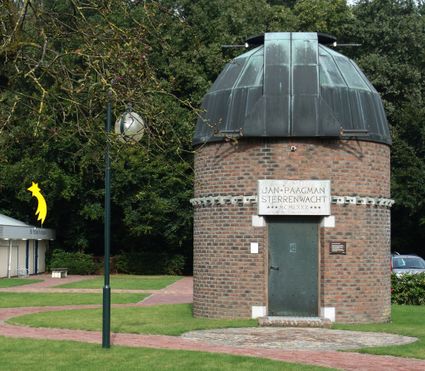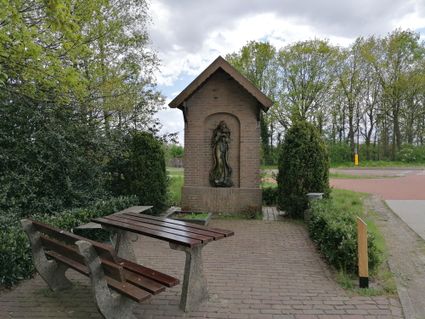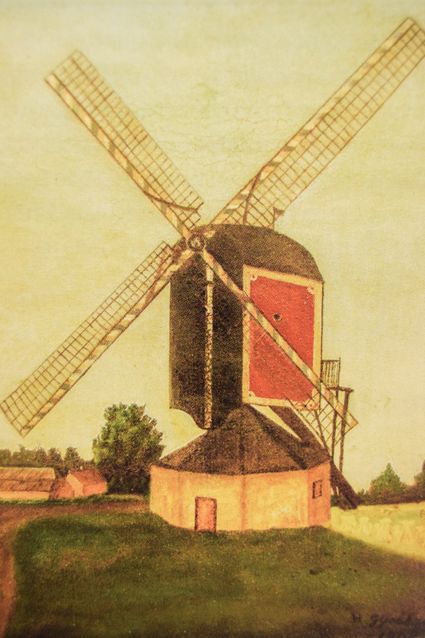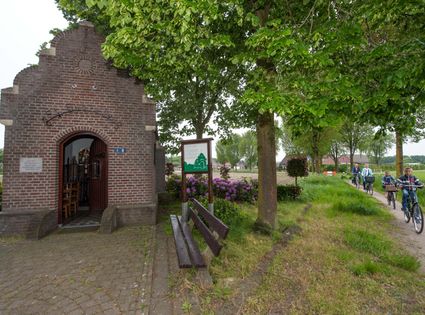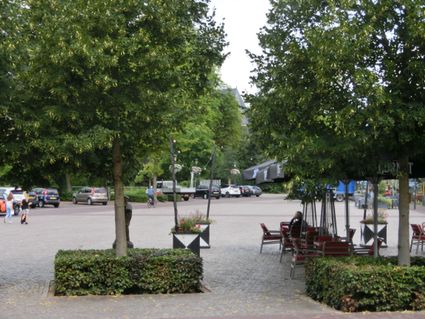Boerderij De Blauwe Kei Gemert
De Blauwe Kei is a national monument, built in 1734 by order of Simon Pennings as a farm cum inn. Built to replace an older farm and brewery, which had been located on the same site for centuries. The stable area is relatively small, originally containing a potting shed, which housed livestock. The farm traditionally had a detached barn, which has since been demolished. The living area is relatively large, because of the space the inn had to have. The use of tall brick façades (still a rarity for farmhouses at the time) allowed for large windows and a tall front door in the long façade. This gave the farm a characteristic of the later long-gabled farms.
The farm's name, De Blau…
De Blauwe Kei is a national monument, built in 1734 by order of Simon Pennings as a farm cum inn. Built to replace an older farm and brewery, which had been located on the same site for centuries. The stable area is relatively small, originally containing a potting shed, which housed livestock. The farm traditionally had a detached barn, which has since been demolished. The living area is relatively large, because of the space the inn had to have. The use of tall brick façades (still a rarity for farmhouses at the time) allowed for large windows and a tall front door in the long façade. This gave the farm a characteristic of the later long-gabled farms.
The farm's name, De Blauwe Kei (The Blue Boulder), owes its name to the bluestone steps at the front door. It was very unusual for farms to feature such urban elements. The type of natural stone used is usually referred to as 'bluestone' and many objects made of this type of natural stone are therefore given the name Blue Boulder. Many boundary posts, for example, are also referred to as Blue Boulder.
